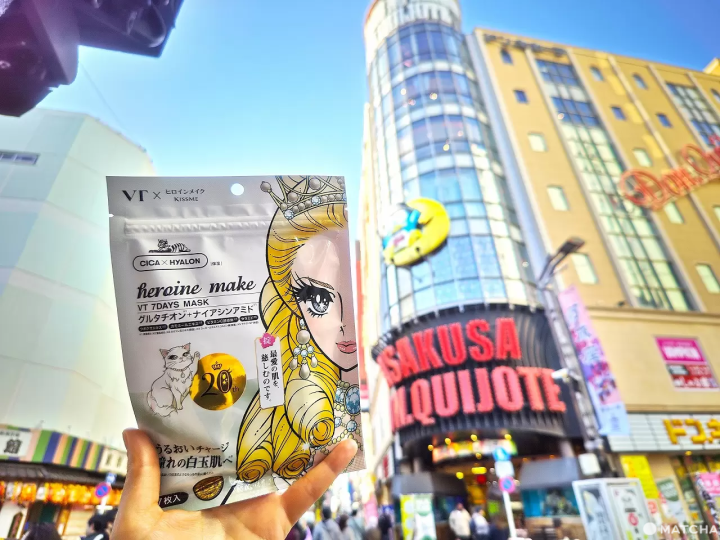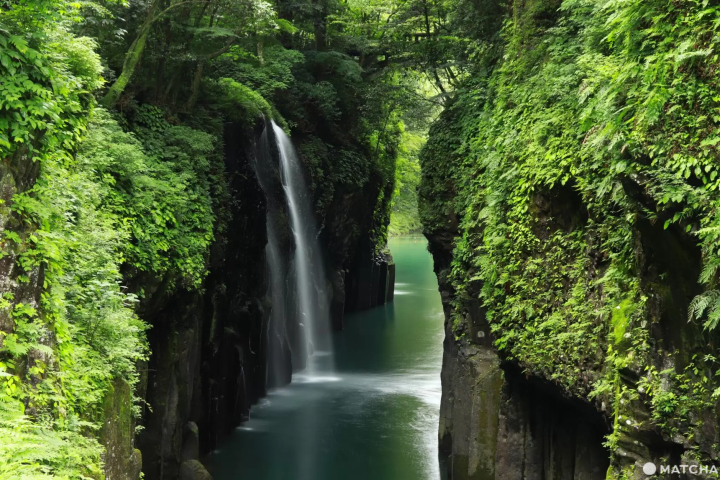1 hour from Kyoto and Osaka! A two-day, one-night trip to experience the history of Nara and Japanese food culture

Nara has flourished as the center of Japanese culture and history since even longer than Kyoto. Surrounded by abundant nature, Nara has developed a unique food culture. In this article, we will introduce you to the must-see sightseeing spots when you visit Nara, as well as a two-day, one-night course where you can enjoy local cuisine and Japanese food culture.
2-day, 1-night course
Start from Kintetsu Nara Station!
After arriving at Kintetsu Nara Station, we head to the World Heritage Site, Todaiji Temple.
Experience Nara's specialty, kudzu cuisine
For lunch, we recommend the traditional kudzu dishes served at this long-established restaurant in Nara. The dishes are made with natural ingredients and are gentle on the body. The kudzu mochi dessert is beautifully transparent and has a texture that can only be achieved when it is freshly made.

Tenkyokudo Nara Main Store Official Website
Move to Tawaramoto Town, where you can see the unspoiled landscape of farmland that has remained unchanged since ancient times.
About 40 minutes by train. Take the Kintetsu Nara Line from "Kintetsu Nara Station" to "Yamato-Saidaiji Station" (about 5 minutes).
Transfer to the Kintetsu Kashihara Line from Yamato-Saidaiji Station to Tawaramoto Station (approx. 25 minutes)
※Guests staying at the next hotel, "NIPPONIA Tawaramoto Maruto Shoyu"
You can reserve a shuttle bus (reservation required in advance)
A special stay filled with history and flavor at Nara's oldest soy sauce brewery
Stay overnight at the 130-year-old soy sauce brewery "NIPPONIA TAWARAMOTO MARUTO SHOYU," a soy sauce brewery with over 300 years of history. For dinner and breakfast, the brewed soy sauce will be served in a variety of combinations and ways with fresh local ingredients. The flavor of the soy sauce will bring out the best in the ingredients, making your trip even more memorable.

NIPPONIA TAWARAMOTO MARUTO SHOYU official website
Start the second day with a refreshing morning visit!
Muraya Shrine, which can be reached in 3 minutes on foot from the inn, is surrounded by a virgin forest that is a natural monument, and has a solemn and calm atmosphere. Muraya Shrine and Ogami Shrine, which you will visit next, are related to the queen and husband of the gods. It is said that visiting both will increase your blessings, so we recommend visiting them together.
Click here for the official website of Muraya Izumifutohime Shrine
JR Miwa Station → JR Nara Station
Enjoy the traditional Nara dish "Persimmon Leaf Sushi"
"Kaki-no-ha sushi" is sushi made by placing salted fish fillets on rice and wrapping them in persimmon leaves. It was created by the wisdom of our ancestors to preserve precious seafood in mountain villages far from the sea. Be sure to try this local dish unique to Nara Prefecture, famous for its persimmons.

Click here for the official website of Kakinoha Sushi Honpo Tanaka
Nara is also the birthplace of Japan, the country that first adopted the name "Japan." Come experience the rich food culture and traditions that have been nurtured over this long history.
Spots introduced in this itinerary
We are a leading inbound tourism company that operates MATCHA, one of Japan's largest media outlets for foreign visitors visitors and residents of Japan. Japan is full of charm, and we want to share all of that with the world. What is already known can be seen in new perspectives and in greater depth. Things that are not yet known are looked at with a gentle gaze and care. As I traveled all over the country and spoke with local people, I began to see something. The future potential of Japan lies in every region. We want to create a world where the charm of Japan reaches the world through the existence of a company called MATCHA, and where it changes and remains as people take action. With this feeling in mind, we will continue to convey the charms of Japan to the world.
The contents on this page may partially contain automatic translation.
















![[2025 Latest] Location, Price, and Size of Coin Lockers at Kintetsu Nara Station](https://resources.matcha-jp.com/resize/200x2000/2024/09/09-196261.webp)

























![[Wakayama Guide] Ume and Umeshu (Plum and Plum Wine)](https://resources.matcha-jp.com/resize/720x2000/2025/12/08-252248.webp)
![[2025 Update] From Kansai Airport to Namba - Recommended for travelers with large luggage! Travel comfortably by bus](https://resources.matcha-jp.com/resize/720x2000/2025/10/25-248088.webp)
![[ Naruto City, Tokushima Prefecture ] Experience the world's largest whirlpools up close on a sightseeing boat at the Spring Whirlpool Festival!](https://resources.matcha-jp.com/resize/720x2000/2025/02/05-222727.webp)

![Deep dive into Japanese brands! A tour of famous leather shoe stores with GENSEI & Nin [Madras Edition]](https://resources.matcha-jp.com/resize/720x2000/2025/12/17-253129.webp)